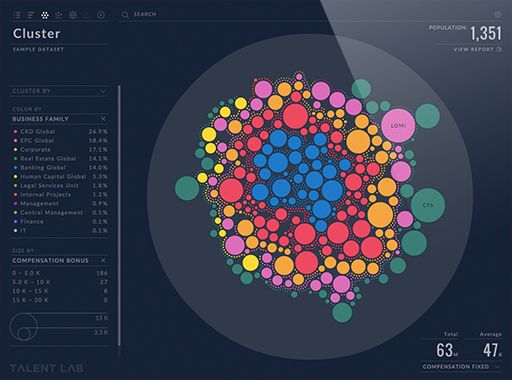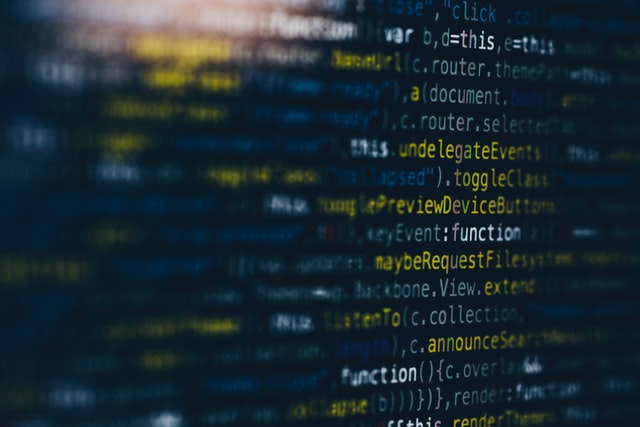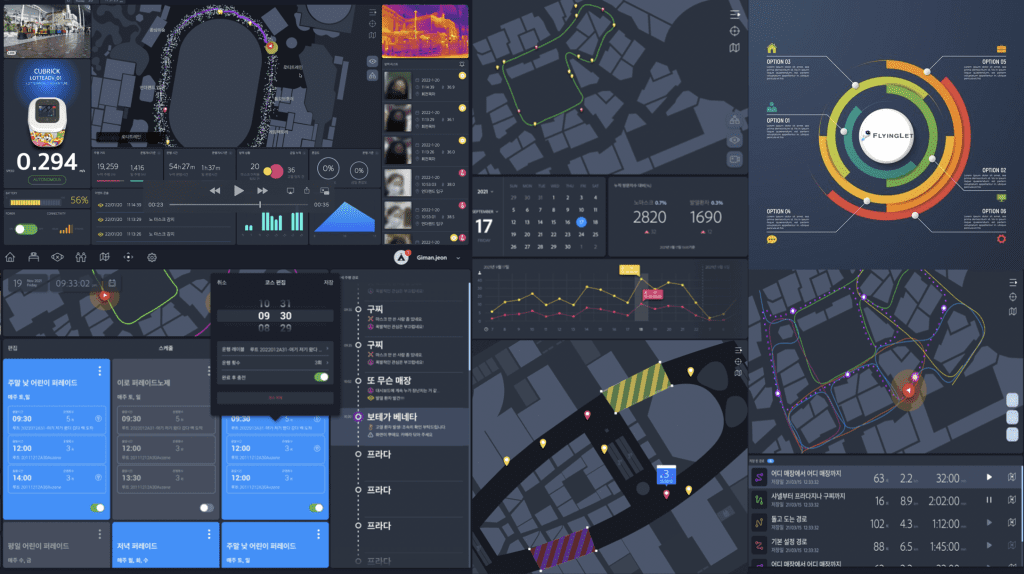The Key Factors for
Leading Service Robot
Data Managing Observability
& Data Engineering
Everyone is talking about intelligent robots. What is the ultimate goal of these intelligent robots, the goal of service utility?
Future robots say that they should be able to understand humans and their surroundings, judge and take action on their own, and eventually save humans trouble.
This requires the robot to be able to collect and analyze as much data as possible in a given environment, and to have a systematic, structured, and secure data system and mechanism.




Robot data engineering
for smarter decisions.
In an era where data engineering has become commonplace in various mobile services, processing data accumulated through robots is very important to respond to this. In addition to the development of robots themselves, a lot of investment should be made in the framework of robot data, data modeling, analysis, security, etc., and a system that can improve data accuracy and prevent pipeline damage.
In recent years, businesses and services are becoming more data-driven, and judgment and rich Data Insight technologies are becoming more sophisticated. These industrial sites question whether robots are equipped with robotic data engineering to collect, store, and aggregate sophisticated data.
Robots’ precise space and environmental data collection can be visualized in real time through data engineering and organized into data meshes, cloud warehouses, and data modeling solutions. Maximize robot utilization with systematic data mechanisms and plan optimized customer and field response scenarios.
Systematic datasets
and data pipelines
for multi-robot.
Businesses and services use dozens to hundreds of internal and external data sources to analyze data and generate ML models. One of these data sources can become contaminated in an unexpected way, corrupting the data used for decision making.
For example, at the stage of determining the robot’s autonomous driving and collaboration schedule, the inflow of either incorrect robot data may mislead the key environment indicators, and the robot system as a whole may determine the wrong action and collaboration.
Robots’ data systems are becoming increasingly complex, with robots with a variety of features and specifications, and from them the individual dependencies between multiple levels of processing and data assets. However, the lack of definition and visibility into these common metadata and individually dependent robotic data can lead to unintended consequences that affect the accuracy of the entire data asset.
Data analysis and the pipeline for this are essential to the robotic system whether exceptions are acceptable throughout the course.

Professional data systems for robotic services and observability of real-time robotic data and correction of errors.
To prevent errors caused by “garbage data”, Flyinglet provides data verification and restoration programs. Data downtime refers to periods of partial, error, omission, or inaccuracy in which data systems grow as they become increasingly complex and support diverse platforms and services.
Applying data verification and restoration, such as observability and reliability of flyinglet’s robot data, can identify, resolve and proactively prevent these problems, giving you confidence in the underlying data applied and valuable insights.
DATA MANAGING OBSERVABILITY & DATA ENGINEERING FOR ADVANCED SERVICE ROBOTS
Preventing abnormal robot behavior in advance and enabling appropriate countermeasures are essential for stable service. Real-time Observability for data generated by robots provides a way to track and provide optimal collaboration across a variety of different multi-robot individually.
You can also automatically monitor stored data to meet the highest levels of security and compliance requirements without extracting data from the database.
These solutions automatically learn the environment and data using thresholds and ML models set for each robot service, and use anomaly detection routines to enable appropriate action when a problem occurs with the robot or robot service.
Active actions through data asset analysis can prevent ‘data downtime’ accidents that can occur frequently to robots operating in complex environments. It will provide minimal data context to enable rapid service development, operation, and troubleshooting.
INTEGRIT’s proven flyinglet platform maximizes advanced functionality and service utility of intelligent multi-robot
Best data control platform for service robots.
Validated Flyinglet manages and analyzes vast amounts of data from intelligent robots to provide optimal automation services.
Flyinglet, which provided extensive data integration and analysis through accumulated autonomous driving distance of more than 5,000Km and commercial service with accumulated time of more than 6,000 hours, provides the operation of verified and safe service robots.

